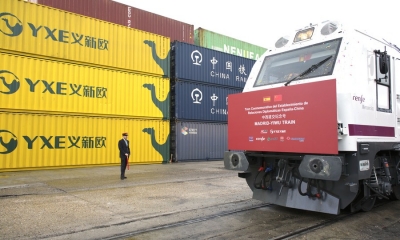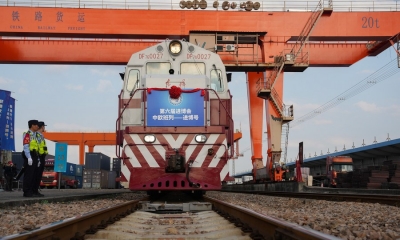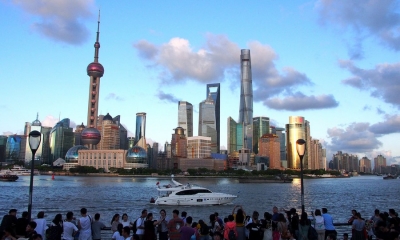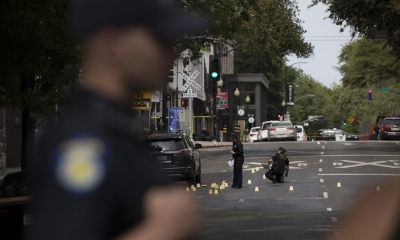Is US Inflation Running Out of Control?
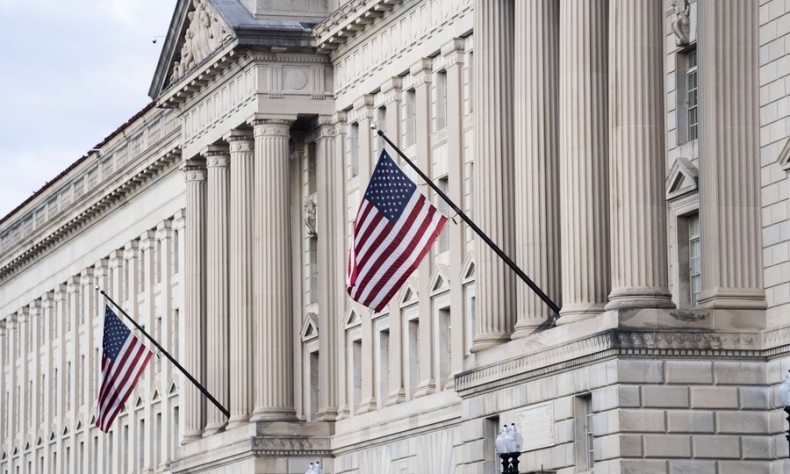
Stabilization of economic ties with China is a good place to start, but it remains to be seen how long the actual impact would last.
America’s economic recovery has encountered an unexpected speed bump: As the country has bounced back from the pandemic, inflation has skyrocketed to a rate of 5.4% year on year. The U.S. Federal Reserve, as well as Treasury Secretary Janet Yellen, have insisted that the surge is “temporary,” and things will return to normal by next year, resisting the temptation to raise interest rates. Despite this, inflation has already beat forecasts and is also coinciding with slowing growth, with the New York Federal Reserve Bank expecting it to continue for years.
Inflation is the economic phenomenon defined by rising prices because of an increase in the costs of goods and services. It is a trend influenced by the pressures of both “supply” and “demand” in a given scenario, which is measured by how easy it is to obtain a given good and how much people want to buy it. Depending on these factors, the costs of goods may go up and down according to the interests of businesses, who are naturally inclined to adjust the costs of their goods to make a profit after considering the expenses they also face.
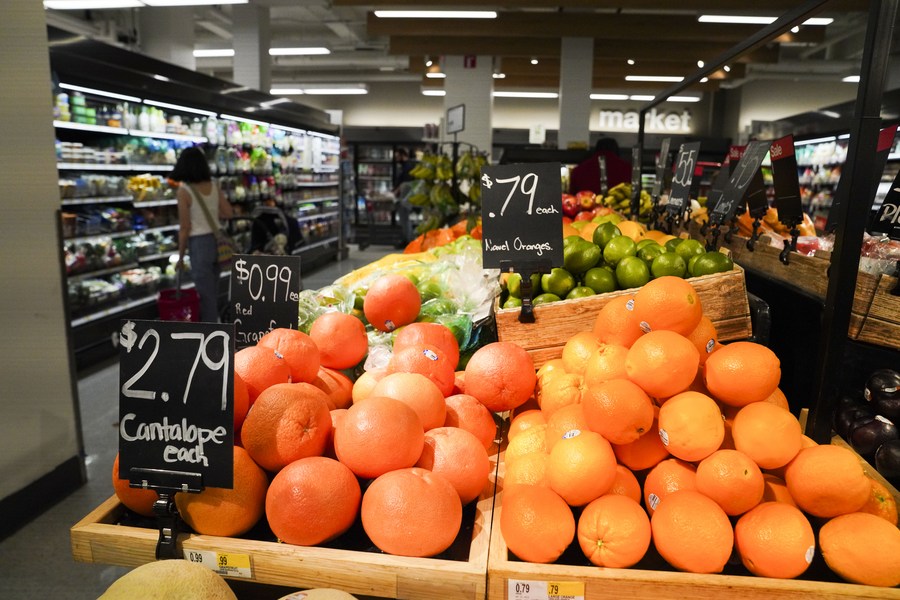
However, the interrelation between these factors means that any changes in them have a ripple effect. Following the onset of the COVID-19 pandemic, U.S. administrations pumped trillions into the economy in the form of stimulus funds, which gave people and businesses more money to spend than they previously had. Such an increase in monetary supply caused an unnatural boom in consumption, and in turn, an above-average demand for goods and services, which had previously slumped due to the pandemic.
This caused a surge in inflation for two reasons. First, businesses increased their prices because, having suffered, they wanted to return to their previous profit margins, leading to rippling price increases as they attempted to recoup losses. Second, the demand for goods has been so high over such a long period of time, that pressure on supply chains has created shortfalls, also leading to sporadic price increases. This has been enough to set inflation off into an upwards cycle, whereby businesses routinely raising prices to offset rising costs, which leads to more rising costs. The question then becomes how to deal with it.

The U.S. tariffs and trade war against China also shoulder some of the blame. China remains America’s largest trade and import partner. Despite the Trump administration placing tariffs on Chinese goods, it did not have the intended function of shifting supply chains or trade elsewhere or bringing jobs back to the United States. Instead, it simply increased the costs of production and imports throughout the entire supply chain, which was then passed onto the consumer via price rises.
However, the Biden administration’s economic policy has very few options to deal with the inflation surge. As the tariffs show, the U.S. government is highly protectionist and resists all free trade on the premise of putting American jobs first. This move, however, is unrealistic and does not mirror the economic reality in the U.S., as such an action would also make goods more expensive due to higher production costs. Moreover, Biden is pursuing aggressive subsidies under the misleading notion of attempting to stimulate U.S. industry, potentially offsetting U.S. GDP growth below expectations. This means more punitive and realistic action is needed in order to offset the spiral of inflation.
Stabilization of economic ties with China is a good place to start, but it remains to be seen how long the actual impact would last. Either way, the rosy picture of the U.S. economy painted by many media outlets at the start of the year is gradually fading to grey.
 Facebook
Facebook
 Twitter
Twitter
 Linkedin
Linkedin
 Google +
Google +




